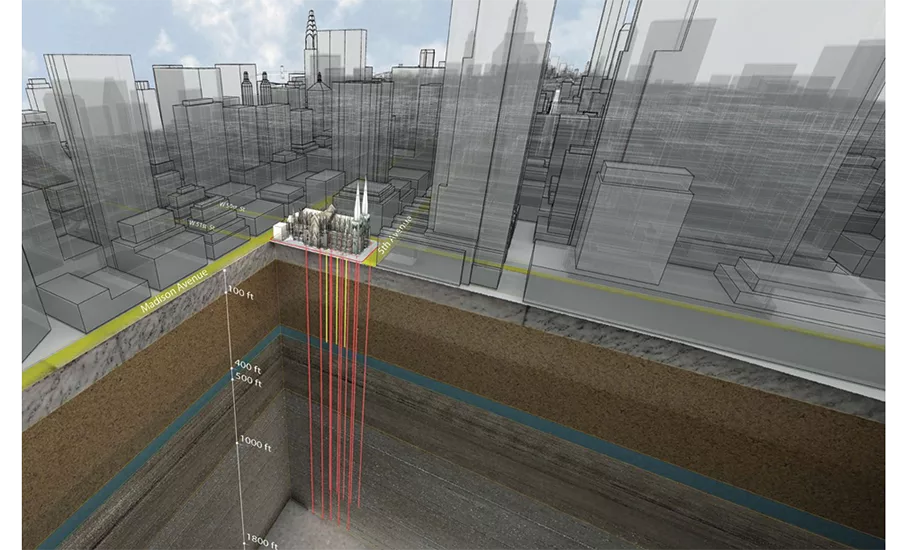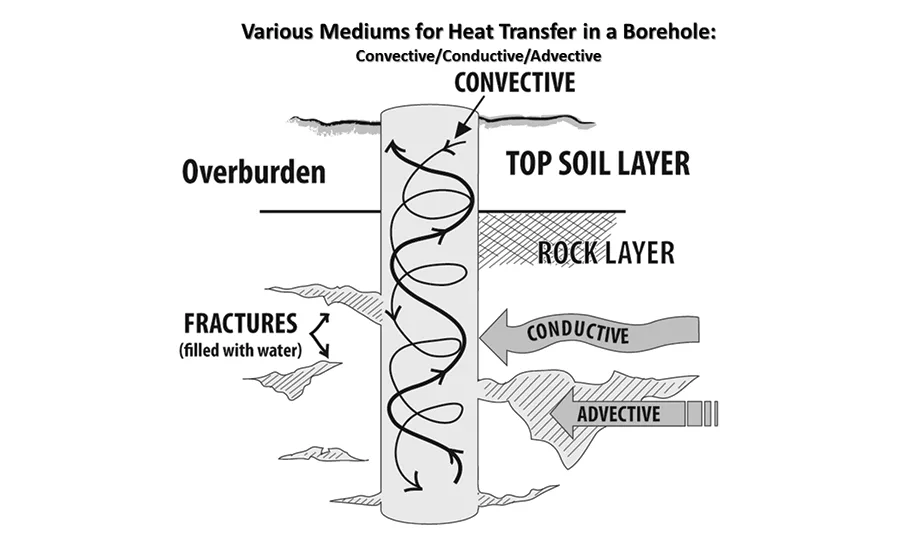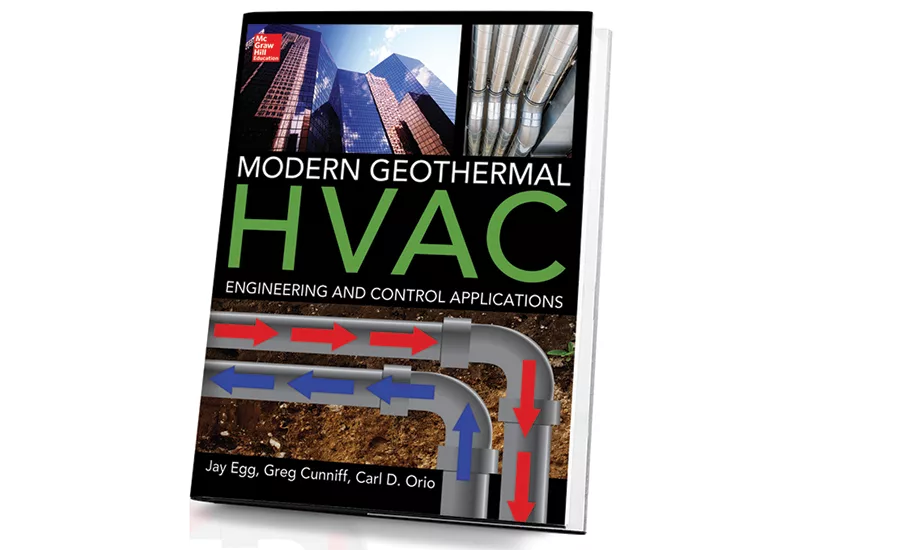Which Geothermal Exchange Method is Right for You?

St. Patrick’s Cathedral in New York City is a good example of a standing column installation, which maximizes energy output in a smaller footprint. Source: Jay Egg

Standing column wells work well in solid rock areas where water has to make its way through small fractures in order to be pumped. Source: Jay Egg photos

Columnist Jay Egg was one of three authors on “Modern Geothermal HVAC Engineering and Control Applications,” along with Greg Cunniff and Carl Orio.
In the following article, learn about the different types of geothermal exchange and how they can save space and reduce costs.
There are almost as many geothermal-exchange methods as there are geothermal-exchange misconceptions.
I’m going to start by sharing information on several types of geothermal-exchange that can save on space and even reduce first cost in some cases. First, there are generally two types of open loop exchange configurations. They are (1) standing column wells (SCWs) and (2) Class V thermal exchange. The former involves a borehole that water is both pulled from, and then injected into. The latter, “Class V,” is simply a technology in which water is pulled from one borehole and then injected into another placed sufficiently far away to prevent short circuiting, or “thermal communication.” These two types of geothermal-exchange are similar primarily in one respect: groundwater is pumped from the ground through refrigeration exchangers, and then returned back to the earth. But that is where the similarities end, and when we understand what the differences are, we can apply the right technology in the right place.
Many areas have bedrock underneath a layer of loose earth, called “overburden.” The illustration on the next page shows this clearly. Solid rock is a good thermal conductor, but often water is not able to be pumped at high volume, because the water has to make its way through small fractures in the rock. This kind of geology is perfect for a standing column well.
In areas with abundant aquifers, it may be favorable to put a pair of Class V exchange wells in to provide geothermal exchange.
A good example of the SCW approach is the Children’s Museum and St. Patrick’s Cathedral in New York City. Good examples of Class V include the Emergency Operations Center in Clearwater, Fla., and the YWCA in Canton, Ohio. In both cases, either space was at a premium, the cost needed to be reduced, or both.
This is just a simple overview of the possibilities for these two open well technologies. The engineering considerations and variables sometimes make these more challenging than the more standardized closed loop technologies, but they definitely have their place, and work perfectly when applied correctly.
Geothermal energy piles are brilliant, because they utilize the structural pilings of a new building to provide heat exchange. Any building that is built on structural pile is a candidate for this amazingly versatile application of geothermal heat exchange.
When Greg Cunniff of Taco HVAC agreed to co-write “Modern Geothermal HVAC Engineering and Control Applications” for McGraw-Hill, I was ecstatic. Greg is a hydronic genius, and his involvement as the lead applications engineer for a major manufacturer of pumping and control technologies gave this publication the edge we needed.
Still, I was uneasy about the applications for the mysterious standing column wells. Then I discovered Carl Orio, patriarch of the long standing Water Energy Distributors. This man has engineered tens of thousands of successful SCW installations. We modified the contract and had a third co-writer, and the makings of a well-rounded curriculum.
Both Class V and SCW technologies pull water out of the well for transferring heat. Because of this, due care must be taken in the engineering of these systems. With good engineering practice, the systems will operate at peak performance indefinitely.
Overall, there are six general geothermal exchange configurations; each one of them has a purpose and a place for their proper application.
- Closed loop vertical exchange: Can be configured in 2-pipe, 4-pipe, concentric and many more adaptations.
- Closed loop horizontal exchange: Can be configured in many various ways to apply open-trench based exchangers.
- Closed loop pond/lake/ocean: These can be configured to use fabricated plate exchangers, or polyethylene pipe arranged in the body of water.
- Closed loop energy piles: Like closed loop vertical exchange, these can be adapted in many different ways.
- Open standing column wells: Primarily allows for reduction in boreholes, allowing for a smaller footprint. Needs specific geology (competent bedrock).
- Open Class V well doublets: Primarily allows for reduction in boreholes, allowing also for a smaller footprint. Needs a specific geology (abundant aquifer). Great for large-scale applications in hot and humid climates (cooling dominant).
Geothermal heat pumps provide the only reasonable solution to heating without combustion.
Please note that all of these geothermal exchange types eliminate the need for cooling towers, saving millions, even billions of gallons of potable water each year. These technologies eliminate the need for boilers and related combustion heating, eliminating greenhouse gas (GHG) emissions on-site.
Whatever your location, building type, budget or goals, geothermal heating and cooling will likely do more for your efforts to reduce GHG emissions than any other technology. And geothermal works in sync with other technologies, reducing power consumption, eliminating combustion heating and improving resilience. When you apply geothermal first, everything else will fall into place.
Geothermal heat pumps provide the only reasonable solution to heating without combustion. Most of the time, a driller is needed to complete the installation. And what many folks don’t realize is that it’s actually clean and renewable solar energy we’re pumping out of the Earth.
Questions?
Curious about what will work for your application? Check with the International Ground Source Heat Pump Association (IGSHPA), the Geothermal Exchange Organization (GEO), or just email me at jayegg.geo@gmail.com.
Looking for a reprint of this article?
From high-res PDFs to custom plaques, order your copy today!

